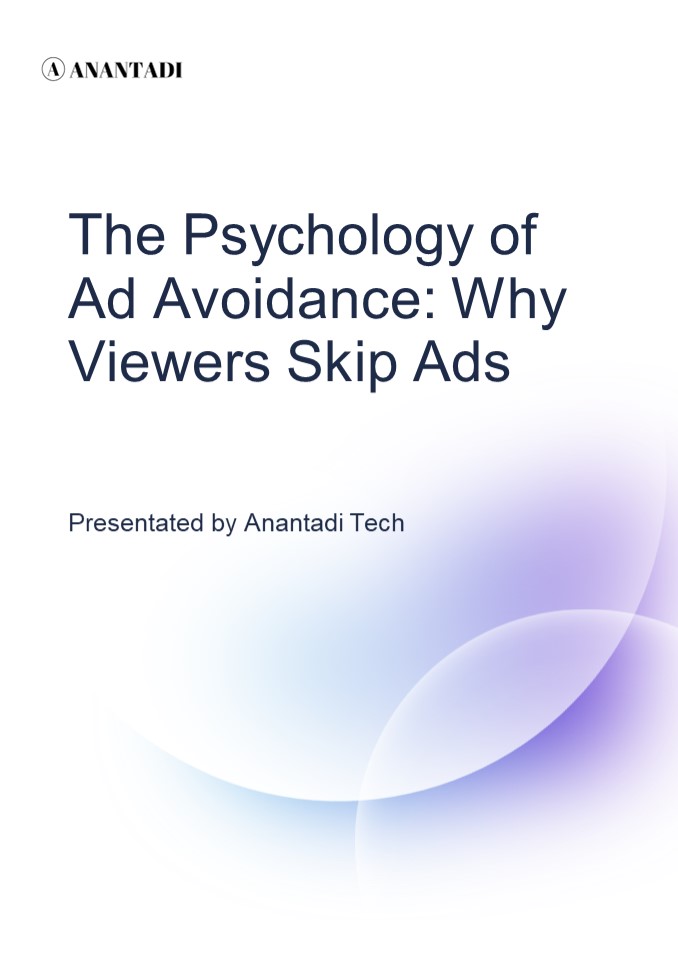The Psychology of Ad Avoidance: Why Viewers Skip Ads - PowerPoint PPT Presentation
Title:
The Psychology of Ad Avoidance: Why Viewers Skip Ads
Description:
Virtual product placement (VPP) emerges as a compelling answer to this challenge. By seamlessly integrating products into the content that viewers are already engaged with, VPP circumvents the barriers posed by ad-blocking and ad-skipping technologies. This method leverages the natural immersion of storytelling, making brand messages less intrusive and more acceptable to the audience. – PowerPoint PPT presentation
Number of Views:0
Title: The Psychology of Ad Avoidance: Why Viewers Skip Ads
1
(No Transcript)
2
Overview
- Introduction
- The Annoyance Factor
- Why Ads Irritate Viewers
- The Role of Empathy in Ad-Skipping Behavior
- Ad Length and Viewer Behavior A Delicate Balance
- Understanding Viewer Irritation and Anxiety
- Strategies for Mitigating Ad Avoidance
- Conclusion
3
Introduction
In today's digital landscape, online advertising
has become ubiquitous. From social media feeds to
streaming platforms, ads are everywhere. Yet,
despite their prevalence, many viewers go to
great lengths to avoid them. This phenomenon,
known as ad avoidance, poses a significant
challenge for marketers and advertisers alike.
But what drives this behavior? Let's delve into
the psychology behind why viewers skip ads and
explore strategies to create more engaging
advertising experiences.
4
The Annoyance Factor Why Ads Irritate Viewers
One of the primary reasons viewers skip ads is
simple they find them annoying. This irritation
stems from several factors
01
02
INTERRUPTION OVERLOAD
DISTRACTION DILEMMA
Ads often disrupt the viewer's experience,
whether it's interrupting a video or breaking the
flow of content consumption.
In an age of constant multitasking, ads compete
for already divided attention, leading to
frustration.
03
COGNITIVE OVERLOAD
The sheer volume of ads can overwhelm viewers,
making it difficult to process information
effectively.
These negative experiences not only drive ad
avoidance but can also negatively impact brand
perception. When viewers associate a brand with
annoying ads, it can lead to decreased trust and
loyalty.
5
The Role of Empathy in Ad-Skipping Behavior
Interestingly, research has shown that empathy
plays a crucial role in determining whether a
viewer will skip an ad. Studies have found that
when ads feature spokespersons who induce
heightened empathy, viewers are less likely to
skip the content. This phenomenon is explained
by the emotional empathy theory, which suggests
that when viewers feel a connection to the
characters or situations portrayed in an ad,
they're more likely to engage with the content.
This emotional resonance can overcome the initial
impulse to skip.
6
Ad Length and Viewer Behavior A Delicate
Balance
The length of an ad also significantly impacts
viewer behavior. While conventional wisdom might
suggest that shorter ads are more effective,
research has shown that longer exposure to a
spokesperson can actually lead to higher empathy
levels. However, this presents a challenging
paradox for advertisers. Longer ads provide more
opportunity to build empathy, but they also
increase the risk of viewer irritation. The key
lies in finding the right balance creating ads
that are long enough to establish an emotional
connection but not so long that they test the
viewer's patience.
7
Understanding Viewer Irritation and Anxiety
Ad avoidance isn't just about annoyance it's
also driven by deeper psychological factors
Recognizing these psychological triggers is
crucial for advertisers looking to create more
effective, less intrusive ad experiences.
8
Understanding Viewer Irritation and Anxiety
SO, HOW CAN ADVERTISERS CREATE CONTENT THAT
VIEWERS WON'T WANT TO SKIP? HERE ARE SOME KEY
STRATEGIES
9
Conclusion The Future of Advertising in
Ad-Avoidant World
Understanding the psychology behind ad avoidance
is crucial for advertisers aiming to capture and
maintain viewer attention in an increasingly
competitive media landscape. Virtual product
placement (VPP) emerges as a compelling answer to
this challenge. By seamlessly integrating
products into the content that viewers are
already engaged with, VPP circumvents the
barriers posed by ad-blocking and ad-skipping
technologies. This method leverages the natural
immersion of storytelling, making brand messages
less intrusive and more acceptable to the
audience. Anantadi AI Powered virtual product
placement service exemplifies this cutting-edge
approach, providing brands with the tools to
place their products in a way that feels organic
and enhances the viewing experience. By aligning
with the psychology of ad avoidance, Anantadi
helps brands connect with their audience more
effectively, ensuring their message is seen and
remembered without disrupting the viewer's
enjoyment.

